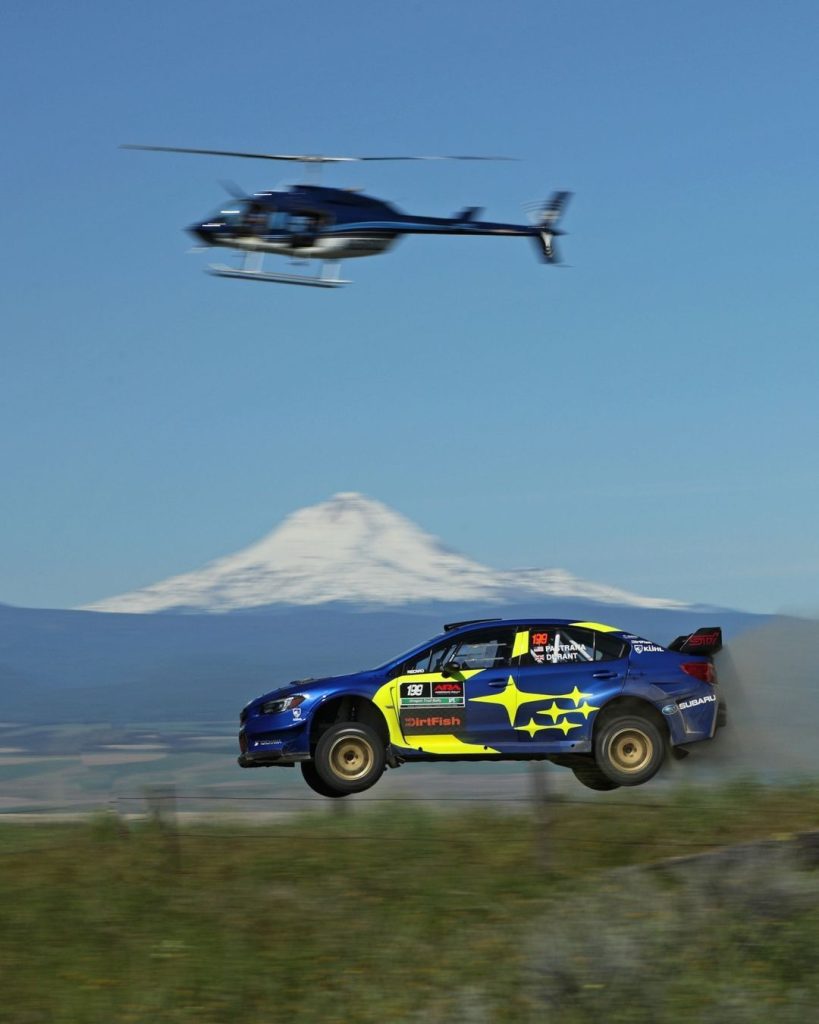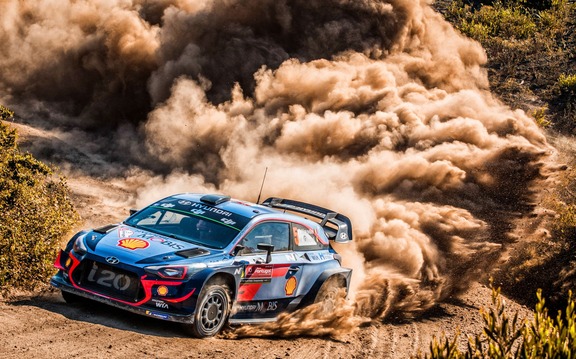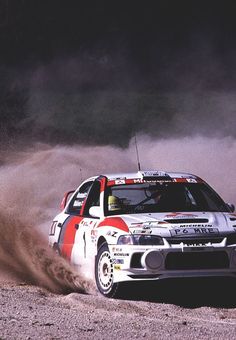The World of Rally Racing: Exploring the Thrills, Challenges, and Cars of Rally Racing
Rally racing is a unique form of motorsport that combines speed, skill, and the unpredictable forces of nature. Unlike traditional racing circuits, rally racing takes drivers across varied terrains—ranging from gravel, snow, mud, and tarmac to desert dunes and rugged mountain roads. Rally car racing demands precision, endurance, and adaptability, not only from the drivers but also from the cars that power through these treacherous courses. In this article, we’ll explore the intricacies of rally racing, what makes a rally car unique, and how this sport has evolved into one of the most thrilling forms of car racing worldwide.
The Origins and Evolution of Rally Racing
Rally racing traces its roots back to early automotive endurance events, where drivers would test the limits of their vehicles over long distances and challenging terrains. The initial known rally race was the Monte Carlo Rally, which happened in 1911. Since then, rally racing has transformed from an amateur endurance challenge to a full-fledged motorsport with strict rules, dedicated teams, and massive international appeal.
Over the years, rally racing has evolved into various formats and championships, with the World Rally Championship (WRC) being the most prestigious. Organized by the International Automobile Federation (FIA), the WRC features a series of events held across different countries, each with its unique terrain and challenges. In addition to the WRC, regional and national rally championships exist worldwide, creating a platform for both professionals and amateurs to compete.
What Makes Rally Racing Unique?
Rally racing stands out from other forms of motorsport due to its reliance on natural, off-road tracks and point-to-point racing formats. Instead of traditional race circuits, rally racing takes place on “special stages” set up over rugged terrain, where each driver must cover the course in the shortest time possible. These special stages may feature anything from rocky mountainsides and dense forests to snowy tundras and scorching deserts.
One of the distinctive aspects of rally racing is the pace notes system. In rally car racing, drivers do not rely on memorizing the track or course; instead, they depend on a co-driver who navigates using detailed notes about the upcoming turns, obstacles, and terrain changes. This real-time guidance is crucial for success, as it allows the driver to anticipate what lies ahead and adjust their speed and trajectory accordingly.
The unpredictability of rally racing—where even the smallest error can lead to a disastrous crash—adds a level of excitement that few other motorsports can match. Drivers are constantly adapting to the ever-changing conditions of the road, making every rally race a unique and thrilling experience.
The Cars of Rally Racing: What Makes a Rally Car?
Rally cars are specially designed and modified to endure the harsh conditions of off-road racing while maintaining high performance on all types of surfaces. These vehicles must be tough, agile, and powerful, capable of accelerating and handling with precision even on the most treacherous tracks. Some key characteristics that define a rally car include:
- All-Wheel Drive (AWD): Most rally cars are equipped with AWD systems, allowing for maximum traction on slippery surfaces like gravel and snow. AWD helps distribute power to all four wheels, giving drivers better control and stability in difficult conditions.
- Suspension System: Rally cars have robust, adjustable suspension systems to absorb shocks from rough terrain. This suspension allows the cars to maintain stability and control while handling sudden jumps, bumps, and dips at high speeds.
- Roll Cage and Reinforced Chassis: Rally racing can be dangerous, so safety is paramount. Rally cars are fitted with roll cages and reinforced chassis to protect the driver and co-driver in case of a rollover or crash.
- Turbocharged Engines: Rally cars are typically powered by turbocharged engines that deliver a balance of power and fuel efficiency. These engines are tuned to handle the high-stress demands of rally racing, providing enough torque for quick acceleration on rugged terrain.
- Specialized Tires: Depending on the type of terrain, rally cars use different tires. For example, cars may use studded tires for snowy surfaces, gravel tires for loose soil, and tarmac tires for asphalt stages. These tires are designed to provide maximum grip and durability for specific conditions.
Popular rally cars include models like the Subaru WRX STI, Mitsubishi Lancer Evolution, Ford Fiesta R5, and Toyota Yaris WRC. Each of these cars has been engineered and customized to meet the unique demands of rally racing, often becoming iconic in the sport.





The Techniques and Skills of Rally Racing in Cars
Mastering rally racing requires a combination of skill, adaptability, and quick reflexes. Rally drivers must be adept at handling high-speed slides, sudden changes in terrain, and unpredictable obstacles. Here are a few essential techniques used in rally racing in cars:
- Left-Foot Braking: Left-foot braking is a technique where the driver uses their left foot to apply the brake while keeping the right foot on the throttle. This method allows drivers to control their speed more precisely and maintain stability when taking sharp turns.
- Handbrake Turns: A handbrake turn, or “Scandinavian Flick,” is a technique used to initiate a controlled slide, especially useful in tight corners. By pulling the handbrake, the driver can cause the rear wheels to lose traction, making it easier to navigate sharp bends.
- Throttle Control: In rally racing, maintaining control over the throttle is crucial. Drivers must use precise throttle inputs to manage traction, especially on surfaces like gravel or mud where too much power can cause wheel spin and loss of control.
- Trail Braking: It need gradually expelling the brakes while coming in a corner. This technique helps the car maintain balance and prevents oversteer, allowing for smoother transitions through turns.
These skills are honed through extensive practice and experience, as rally racing leaves little room for error. Riders must continuously adapt to the situations, often creating less than a second judgment to maintain their car on the path.
Rally Car Racing Events and Championships
Rally car racing has become a global phenomenon with prestigious events held around the world. The World Rally Championship (WRC) is the most renowned rally car racing series, featuring annual events in countries like Sweden, Mexico, Finland, and Australia. Each event in the WRC calendar offers unique challenges, from Sweden’s icy landscapes to Finland’s famous high-speed jumps.
In addition to the WRC, there are several other prominent rally car racing events, such as:
Dakar Rally: Known as one of the toughest endurance races in the world, the Dakar Rally takes place across vast desert landscapes and demands exceptional navigation skills.
Rally America Championship: This North American rally series includes a mix of forest stages, gravel tracks, and tarmac events, attracting talented drivers from around the continent.
European Rally Championship (ERC): The ERC features a mix of events across Europe and serves as a training ground for emerging rally talent.
The Future of Rally Racing
As rally racing continues to grow in popularity, the sport is beginning to embrace new technologies and innovations. Electric and hybrid vehicles are making their way into rally racing, with manufacturers experimenting with how electric power can perform in off-road environments. The shift towards electric rally cars is expected to bring changes in performance dynamics, as electric motors offer instant torque delivery that can benefit traction on rough terrain.
Additionally, sim racing and rally racing video games have brought rally racing into the digital world, allowing fans to experience the thrill of rally car racing from their own homes. Games like DiRT Rally and WRC offer realistic simulations that help both casual players and aspiring racers understand the demands of rally racing.
Rally racing is more than just a motorsport; it’s an intense, unpredictable, and deeply challenging experience that tests the limits of both drivers and their cars. The sport has come a long way from its origins, evolving into a global phenomenon with millions of fans who appreciate the skill and bravery required to navigate its unique courses. From iconic rally cars like the Subaru WRX to the exhilarating stages of the World Rally Championship, rally car racing continues to captivate enthusiasts around the world. As the sport looks towards a future that includes electric rally cars and advancements in technology, rally racing in cars will continue to push the boundaries of speed, endurance, and innovation.